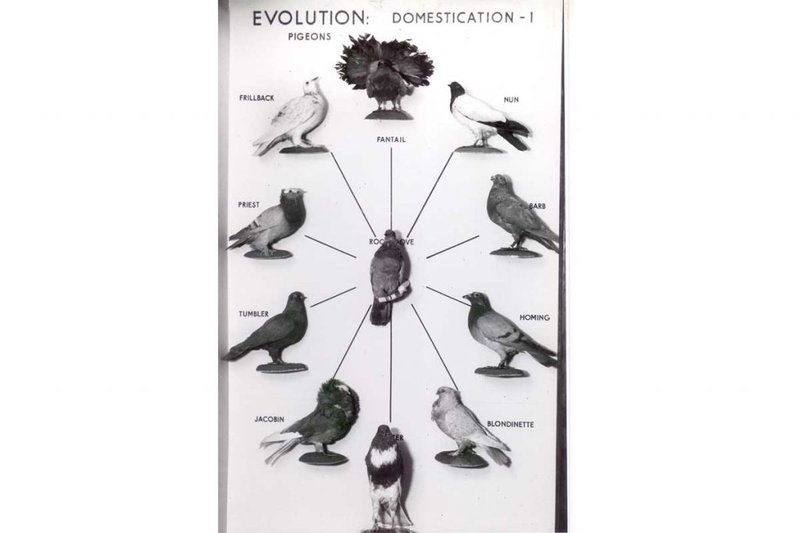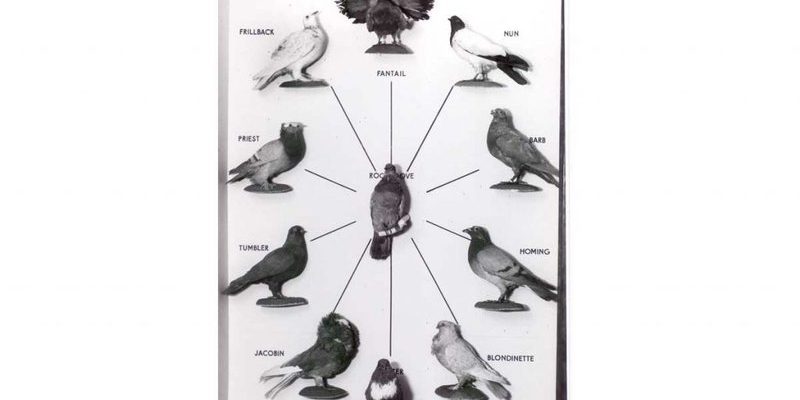
You might think of pigeons as ordinary birds, but they’re anything but! They’ve traveled across continents, adapted to various environments, and even served critical roles in wars. Whether you’re a bird enthusiast or just curious about the world around you, understanding the evolution of pigeons helps us appreciate these creatures more. Let’s take a closer look at this remarkable journey.
The Origins of Pigeons
Pigeons, scientifically known as *Columba livia*, have a rich ancestry tied to wild rock pigeons, which originated in Europe, North Africa, and South Asia. These pigeons found their niche in rocky cliffs and urban areas, where they adapted well to human environments. This adaptability is one reason you see them everywhere today.
Here’s the thing: pigeons were among the first domesticated birds. Archaeological evidence suggests they were domesticated over 5,000 years ago in the Middle East, particularly in areas like Egypt and Mesopotamia. Early civilizations utilized pigeons not only as a food source but also for their remarkable ability to return home over long distances.
Their strong homing instincts played a vital role in connecting distant cultures. Imagine sending a message over a hundred miles in just a day—pigeons made that possible! They carried messages during wars, helped with mail delivery, and became invaluable companions to many societies.
Pigeons in Ancient Cultures
Throughout history, pigeons have held significant positions in various cultures. In ancient Egypt, they symbolized the soul and were often depicted in hieroglyphs, embodying the connection between the earthly realm and the divine. Pigeons were even used in religious ceremonies, highlighted in art and artifacts.
Moving to ancient Greece, pigeons played a crucial role in competitive sports. The Greeks held racing events where pigeons soared across vast distances. This popularity continued through the Roman Empire, where pigeons were raised and trained for their flight skills, leading to the establishment of organized pigeon racing.
In Asia, particularly in China, pigeons were admired for their beauty and loyalty. They were not only bred for aesthetic qualities but also used in communication. The Chinese were among the first to recognize the strategic advantage of using pigeons to relay messages, establishing a long-standing tradition that continues today in various forms.
The Role of Pigeons in Warfare
Pigeons have served on the front lines, quite literally! During World War I and II, trained pigeons were essential for military communication. They were used to carry messages across enemy lines when other means were unreliable or too risky. One of the most famous war pigeons was Cher Ami, who saved the lives of soldiers by delivering crucial messages despite being injured.
The bravery of these birds became legendary. They were honored with medals and recognition for their service. This war-time history underscores how pigeons have been vital to human survival in critical moments. Their ability to navigate through chaos and deliver messages helped turn the tide in many situations.
Pigeons also served in various other conflicts around the world, establishing themselves as unsung heroes. Their legacy in warfare illustrates the unique bond between humans and these remarkable birds.
The Rise of the Fancy Pigeon
As cities grew and pigeons became commonplace, a new interest in breeding developed. In the late 19th century, fancy pigeons emerged—these are domesticated breeds raised primarily for aesthetic pleasure rather than utility. Breeders began experimenting with different colors, sizes, and feather patterns, resulting in unique varieties like the Homing Pigeon, the Fantail, and the Jacobin.
Homing pigeons, in particular, drew attention for their remarkable navigation abilities. Enthusiasts started participating in competitive racing, fostering a community that valued both the beauty and athleticism of these birds. This trend of pigeon fancying has persisted, with competitions and exhibitions held worldwide, showcasing the diverse talents and appearances of these birds.
Honestly, the fancy pigeon movement transformed the status of pigeons from mere pests to celebrated companions. Breeders and hobbyists advocate for the health and well-being of these birds, promoting responsible breeding practices while ensuring their continued popularity.
The Urban Pigeon Today
Today, you can find pigeons in nearly every corner of the globe. These birds have adapted remarkably well to urban environments—they’re thriving where many other species struggle. Their ability to find food, build nests, and live among humans has led to a strong population in cities, providing them ample opportunities to flourish.
Urban pigeons, often called rock pigeons, face unique challenges. Pollution, habitat loss, and human activity can be detrimental, but these birds have shown resilience over the years. They’re clever little survivors! They navigate bustling streets, dodging cars and pedestrians, always on the lookout for their next meal.
Despite their reputation as nuisances, pigeons contribute to city life in various ways. They help keep insect populations in check and even serve as a food source for urban predators. Plus, they bring a touch of nature to concrete jungles, reminding us of the wild spaces that still exist within our cities.
The Future of Pigeons
As we look to the future, the role of pigeons in our lives is evolving. With increasing urbanization and environmental changes, pigeons face new threats. However, there are concerted efforts to protect and rehabilitate pigeon populations. Many organizations aim to educate the public about these birds and promote coexistence with urban wildlife.
Pigeons also inspire scientific research. Their remarkable homing instincts and navigation abilities are being studied to inform technology, like drone navigation systems. Researchers are constantly uncovering the secrets of pigeon behavior, which could have fascinating implications for how we interact with technology in the future.
You might be wondering how you can help. Simple actions like providing safe spaces for pigeons to nest or even participating in local birdwatching groups can make a difference. By appreciating and understanding pigeons, we can ensure their presence in our lives for generations to come.
The history of pigeons is much more than just a tale of birds cohabiting with humans. They’ve been messengers, companions, and even heroes. Seeing them flutter around might seem ordinary, but their journey is anything but. As they continue to navigate the challenges of modern life, pigeons remind us of nature’s adaptability and resilience.
So, next time you spot a pigeon, take a moment to appreciate its unique story. From ancient cultures to present-day cities, pigeons have shared a long and intertwined evolution with us. Let’s celebrate these feathered friends and the role they play in our lives, both past and present.

